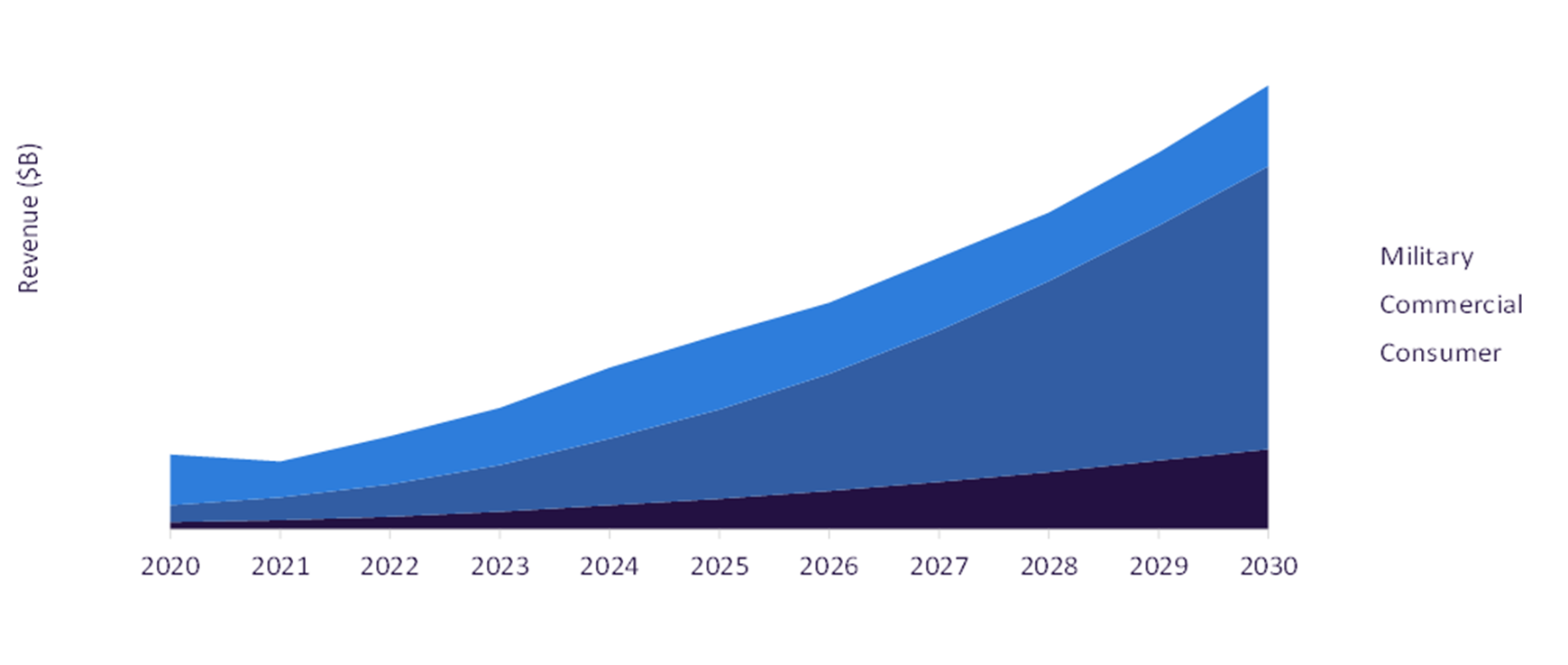Explore the transformative impact of drones in the oil and gas sector. Gain insights into applications, benefits, and future trends reshaping operations and safety standards in this dynamic industry.

For more insights on drones in oil and gas industry analysis, download a free report sample
Drones in Oil and Gas – Key Trends
The key trends shaping the drones sector are classified into four categories: oil and gas industry trends, technology trends, macroeconomic trends, and regulatory trends.
Oil and Gas Industry Trends: The key oil and gas industry trends impacting the drones sector are drone-based surveillance and inspection, methane emission detection and management, safety and emergency response, material handling, and workforce training and regulatory compliance. Leading oil and gas players have scaled up their drone-based surveillance and inspection practices. This helps the companies to fulfill their requirement of collecting more data to improve asset visibility. Drone-based data collection help ensure infrastructure integrity, especially for aging assets.
Technology Trends: The key technology trends impacting the use of drones in the oil and gas industry are testing hydrogen fuel cell technology, the need to manage and control drone swarms, the proliferation of artificial intelligence (AI) and 5G-powered drones, and the miniaturization of sensors. For instance, in June 2022, Event 38, the US-based mapping drone manufacturer, successfully tested one of its E400 UAVs powered by hydrogen fuel cells. It flew for two hours and could fly for up to six hours with a fully pressurized hydrogen tank. The battery-powered E400 can only fly for 90 minutes. Also, fuel cells require far less maintenance than gas engines due to their fewer moving parts.
Macroeconomic Trends: The report analyses macroeconomic trends impacting the drones sector are the Ukraine- Russia conflict, effect of COVID-19 pandemic, dominance of China in the commercial drone market, and ability to operate beyond visual line of sight (BVLOS).
Regulatory Trends: The key regulatory trends impacting the drones sector are US FAA regulations, Europe’s U-space program, The EU’s Drone Strategy 2.0, the Indian government regulations, and Canada’s Drone Strategy to 2025.





